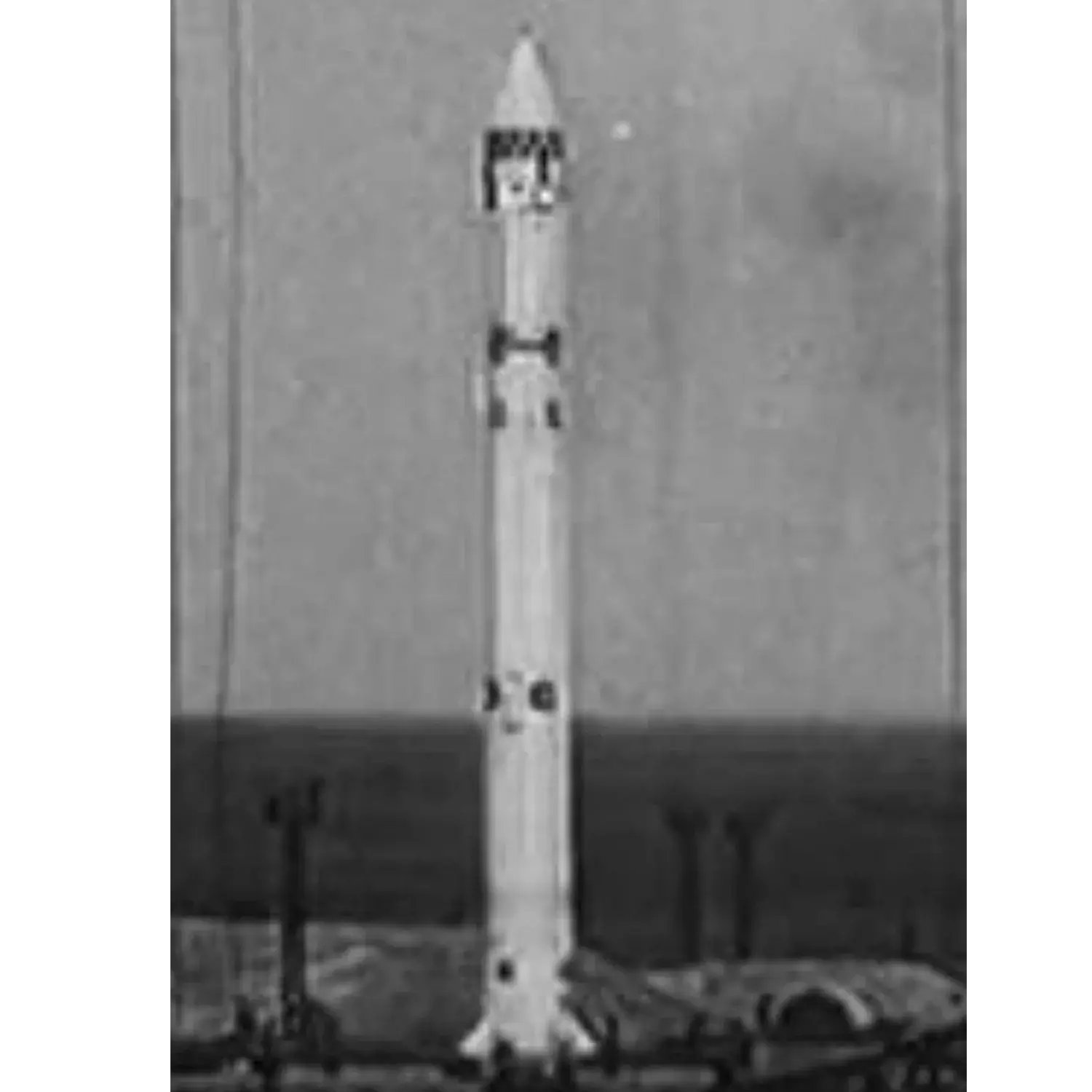Cosmos 6
Launch Success
Liftoff Time (GMT)
16:00:00
Saturday June 30, 1962
Mission Details
Cosmos 6
DS satellites are a series of satellites made to be universal, and easily modifiable according to customer needs. After a first launch in 1962, almost two hundred satellites will be launched. Several generations of DS satellites will be developed, some used for scientific studies, while others will be used by the Red Army for radar calibration. After flying two demonstration series (DS-1 and DS-2), the DS satellites will have three universal versions (DS-U1, unstabilized and battery-powered, DS-U2, unstabilized and solar-powered, DS-U3, stabilized). Versions will also be produced to fly international experiments, leading to the Intercosmos program. This flight flew a DS-P1 satellite. The DS-P1 are military satellites designed to adjust the radar stations of the missile defense system. They also carry some scientific instruments. The DS-P1 have a mass of 240kg and are in the form of a sphere of 1350mm diameter. They are placed on 274km x 520km x 49° orbits. They have an autonomy of 60 days, which is conferred to them by solar panels arranged under the envelope which constitutes the sphere. To allow the light to reach the solar panels, the envelope is in fact a net made of steel wires only 0.5mm in diameter. The structure that supports the solar panels has the shape of a dodecahedron, each of the twelve faces being covered by a panel, except for the one at the back which has none. Inside this structure is a container, made up of two compartments where all the scientific apparatus and antennas are installed. The telecommunications system of the DS-P1 satellites includes the Rubin-1 orbit tracking system, the Mayak (VHF) transmitter, the Tral-P1 telemetry system and the BKRL-3 remote control system. Four DS-P1s were built, but the second was lost at launch.
Low Earth Orbit
1 Payload
240 kilograms
Rocket


Manufacturer
OKB-586Rocket
Height: 29.59m
Payload to Orbit
LEO: 350 kg
GTO: 0 kg
Liftoff Thrust
636 Kilonewtons
Fairing
Diameter: 1.65m
Height: 2.99m
Stages
2
Launch Site
Stats
Cosmos-1
7th
Mission
5th
Mission of 1962
OKB-586
36th
Mission
7th
Mission of 1962
1962
34th
Orbital launch attempt